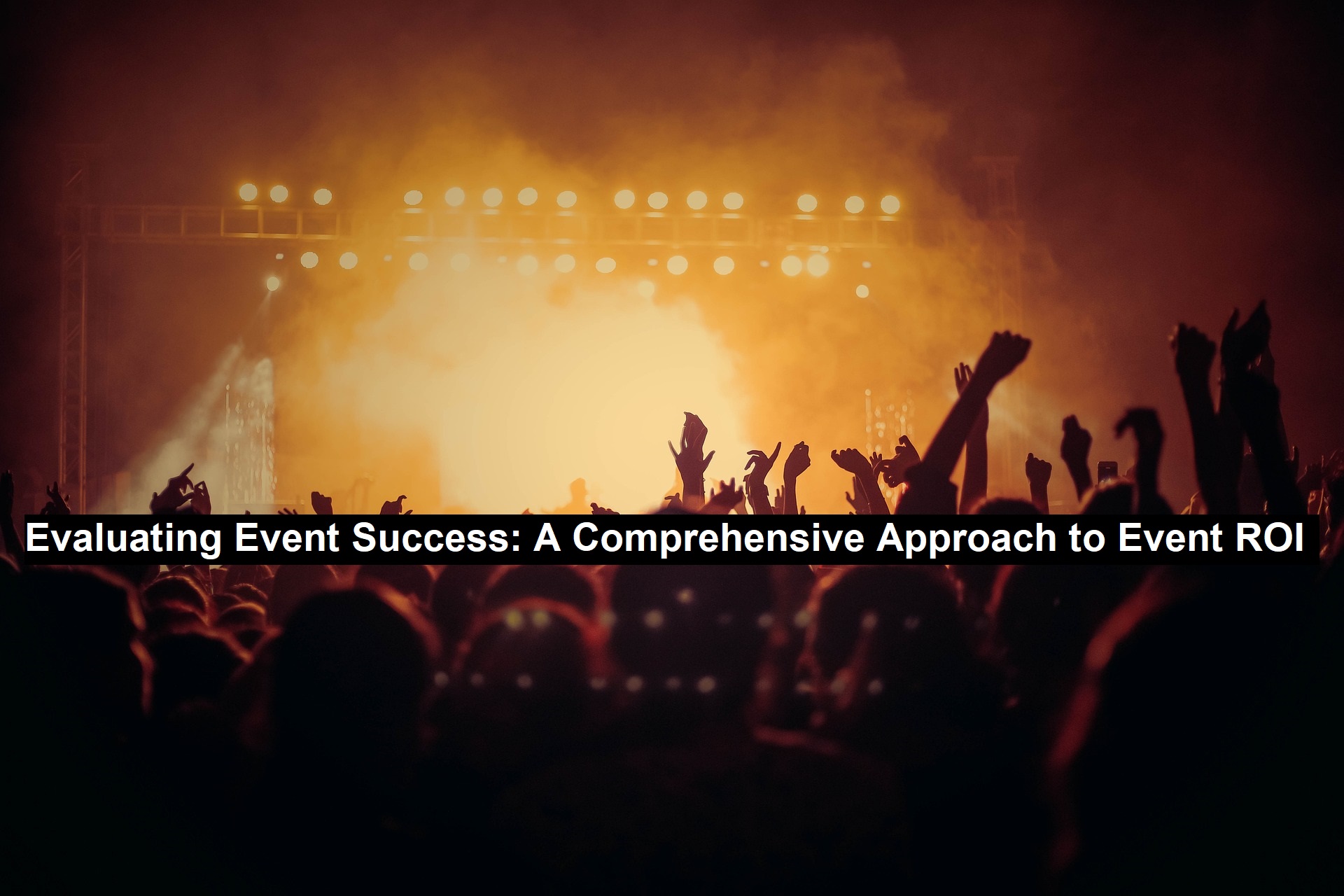Tracking attendance is just the tip of the iceberg when it comes to measuring the success of your event. In the modern landscape, a more holistic approach is necessary to assess whether a conference, trade show, or event truly delivers value. By focusing on engagement, financial performance, and long-term effects, you can gain a clear picture of your event’s ROI. Here’s how to do it.
Before the event kicks off, key metrics from your preparation phase can indicate potential outcomes. Social media impressions, email open rates, and website clicks provide valuable insight into the effectiveness of your marketing campaigns. Furthermore, reviewing registration figures via event registration software — including attendee demographics — can help fine-tune event content to meet audience expectations.
During the event, engagement is paramount. Track how attendees interact with sessions, Q&A features, polls, and social media to assess their level of involvement. Additionally, monitoring content consumption — such as downloads or livestream views — offers insight into what resonates most with your audience.
Read: How WordPress Development Companies Transform Business Websites into High-Converting Platforms
After the event concludes, comprehensive data analysis is crucial to evaluating ROI. Survey responses and Net Promoter Scores® (NPS) are invaluable for measuring attendee satisfaction. Additionally, examining post-event engagement metrics like social media interactions and on-demand content views can provide a clearer view of your event’s long-term impact.
Financial results should be thoroughly reviewed. Compare the revenue generated from ticket sales and sponsorships to the event’s budget and calculate the cost per attendee. Proper financial planning ensures that your event is both successful and cost-efficient.
Networking outcomes are another valuable metric. By tracking meetings held with prospects and customers, as well as follow-up discussions initiated after the event, you can measure how effective your event was at fostering business relationships and potential partnerships.
Brand visibility also plays a critical role. Media coverage, social media engagement, and positive feedback from attendees help to boost your brand’s reputation and market presence, which can pay dividends in the long term.
Lastly, long-term benefits should be considered. Metrics like lead generation, conversion rates, repeat attendance, and customer retention provide a more complete view of how your event contributes to your business’s broader objectives.
Event-ROIFor event marketers, leveraging technology to streamline the collection and analysis of these diverse data points is key. Event marketing platforms can help simplify the process of presenting the ROI to stakeholders, securing continued support for future initiatives.

